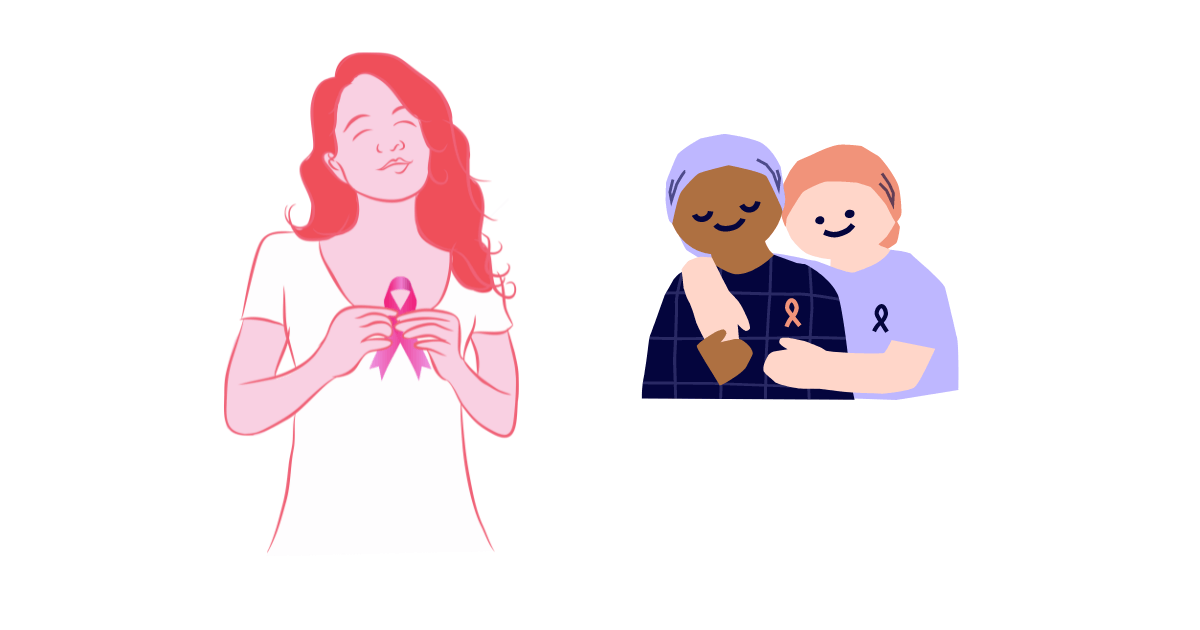Hi, welcom in surisaa.com Is there a Connection Between Moles and Increased Breast Cancer Risk?

Is there a Connection Between Moles and Increased Breast Cancer Risk?
Have you ever wondered if those little skin moles scattered across your body could have any connection to breast cancer risk? It’s a question that has intrigued many, and while moles themselves may seem unrelated to breast health, recent research suggests there could be a potential link worth exploring.
Understanding Moles:
Before delving into the potential link between moles and breast cancer risk, let’s first understand what moles are. Moles are clusters of pigmented cells that appear as dark spots on the skin. They can vary in size, shape, and color, and most people have at least a few moles on their bodies. While moles are generally harmless, certain types, such as atypical moles or dysplastic nevi, may carry a slightly higher risk of developing into skin cancer.
Exploring the Research:
Several studies have investigated the relationship between moles and breast cancer risk, albeit with varying results. Some research suggests that women with a higher number of moles, particularly on their upper body, may have an increased risk of developing breast cancer. Yet, the precise mechanism behind this correlation remains uncertain.
One theory is that the presence of a large number of moles could be indicative of higher levels of circulating estrogen, a hormone that has been linked to an increased risk of breast cancer. Estrogen plays a crucial role in the development and growth of breast tissue, and higher estrogen levels have been associated with an elevated risk of breast cancer development.
Another hypothesis is that certain genetic factors may predispose individuals to both increased mole formation and breast cancer risk. While more research is needed to fully understand the genetic mechanisms at play, these findings highlight the importance of considering individual genetic factors when assessing breast cancer risk.
What Does This Mean for You?
If you have numerous moles or a family history of both moles and breast cancer, you may be wondering what steps you can take to protect your breast health. While the link between moles and breast cancer risk is still being studied, there are several proactive measures you can take to lower your overall risk of developing breast cancer:
Stay vigilant with breast cancer screenings: Regardless of your mole count, it’s essential to prioritize regular breast cancer screenings, such as mammograms and clinical breast exams. Detecting cancer early can greatly enhance treatment effectiveness and overall outlook.
Know your family history: Understanding your family’s medical history, including any instances of breast cancer or skin cancer, can provide valuable insights into your own risk profile. Be sure to discuss this information with your healthcare provider, who can help you assess your personal risk and develop a tailored screening plan.
Practice sun safety: While moles themselves may not directly cause breast cancer, certain types of moles, such as dysplastic nevi, may be associated with an increased risk of skin cancer. Protect your skin by wearing sunscreen, seeking shade, and avoiding prolonged sun exposure, especially during peak hours.
Maintain a healthy lifestyle: Adopting a balanced diet, engaging in regular physical activity, limiting alcohol consumption, and avoiding tobacco products can all contribute to overall health and potentially lower your risk of developing breast cancer.
Stay informed and proactive: Keeping up-to-date with the latest research and recommendations regarding breast cancer risk factors, including any potential links with moles, is crucial. Being proactive about your health means staying informed, asking questions, and advocating for yourself during medical appointments.
Consider genetic counseling: If you have a family history of breast cancer or numerous moles, you may benefit from genetic counseling. A genetic counselor can assess your personal risk based on your family history and other factors, such as the presence of specific genetic mutations. They can also provide guidance on screening recommendations and preventive measures tailored to your individual risk profile.
Seek support: Dealing with concerns about breast cancer risk, especially if you have a family history or other risk factors, can be emotionally challenging. Seek support from friends, family members, or support groups where you can connect with others who may be facing similar concerns. Talking to others who understand what you’re going through can provide comfort and reassurance.
Trust your instincts: If you notice any changes in your breasts, such as lumps, skin changes, or nipple discharge, don’t hesitate to seek medical attention. While most breast changes are benign, it’s essential to have any concerning symptoms evaluated by a healthcare professional promptly.
Stay educated about breast health: Educate yourself about breast health and the signs and symptoms of breast cancer. Understanding what is normal for your breasts can help you recognize any changes early on. Stay informed about advancements in breast cancer screening, diagnosis, and treatment options, and discuss any questions or concerns with your healthcare provider.
Advocate for breast cancer awareness: Use your voice to raise awareness about breast cancer and the importance of early detection and prevention. Encourage friends, family members, and colleagues to prioritize their breast health by performing regular self-exams, scheduling mammograms, and adopting healthy lifestyle habits. Participate in breast cancer awareness events, fundraisers, and campaigns to support research efforts and improve access to screening and treatment for all individuals.
By incorporating these additional strategies into your approach to breast health, you can take proactive steps to reduce your risk of breast cancer and promote overall well-being. Remember that breast cancer risk factors, including the presence of moles, are multifaceted, and it’s essential to address them holistically. Stay informed, stay proactive, and prioritize your breast health for a healthier future.
Read more***
Understanding the primary form of angiosarcoma originating in the breast
2 thoughts on “Is there a Connection Between Moles and Increased Breast Cancer Risk?”